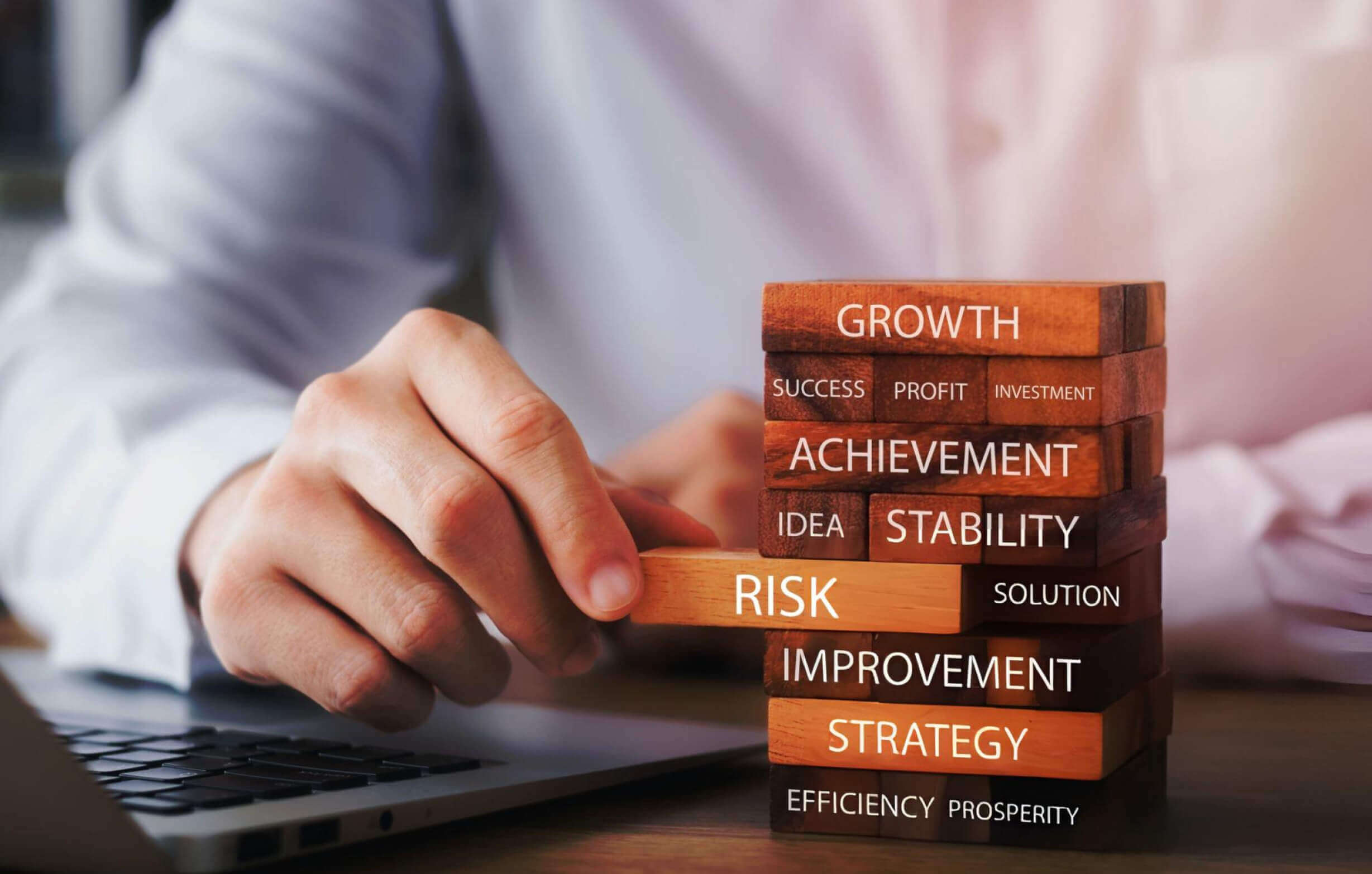Roles and Responsibilities of a Certified Scrum Master (CSM)
This article provides a comprehensive overview of the key roles and responsibilities of a Certified Scrum Master (CSM). It dives into expert insights on Agile leadership, how Scrum Masters facilitate effective team collaboration, and their vital role in ensuring project success. Readers will gain a deeper understanding of how a Scrum Master drives the Agile process and contributes to the continuous improvement of teams.
Are your projects consistently missing deadlines despite your best efforts? Perhaps it's time to take a closer look at the strategic role of the Certified Scrum Master in guiding your projects towards timely and successful completion.
More than a facilitator, a Certified Scrum Master expertly manages the complexities of team dynamics and project challenges. This is the critical part of the agile methodology that helps in finding the balance of having principles-driven processes yet ideal enough to adapt to the needs of the project.
Understanding this role of a CSM will help unlock the best from their teams and provide stellar results. Let's get in on what makes a CSM the catalyst your project needs to thrive.
Core Roles and Responsibilities of a CSM
Conduct Scrum Ceremonies
One of the primary duties of a CSM is to help with Scrum ceremonies so that they are productive and held within the time constraints. These ceremonies include:
-
Sprint Planning. This involves organising and moderating the session where the team will discuss what can be delivered in the sprint and how the work will be achieved. The CSM makes sure that every member of the team knows exactly what he or she has to do.
-
Daily Stand-ups: Coordinate for daily meetings where each team member can share briefly what they have done, what they intend to do, and problems they face. The CSM promotes effective and brief communication during such stand-ups. Many CSMs get Scrum Master Certification Training, which enhances their ability to facilitate even more.
-
Sprint Review: Carry out presentation of the work done to the management, and collect feedback in return for integration into further sprints.
-
Sprint Retrospectives: Leads retrospectives to reflect on the past sprint; discussed what went well, what can be improved upon, and how those improvements might be implemented in the next sprint. The CSM should ensure that such meetings bring a growth-and-learning-friendly environment.
Team Collaboration and Communication
CSM encourages a sense of team collaboration with open channels of communication. The duties include:
-
Develop an interaction within the team to improve the project and its dynamics. A culture of team spirit is developed in which every individual is transparent and respects one another.
-
He acts as a mediator in resolving conflicts and creating a friendly environment. His or her point of view is understood, and common ground must be found.
-
He ensures all members of the team are by the goals of the project and are involved with the process. The CSM also monitors the communication channels so that they remain open and effective.
Support the Product Owner
The CSM also supports the Product Owner with:
-
Support in managing the product backlog. He sees to it that they are well-defined and prepared for the next sprint. The CSM further helps in making sure that items of the backlog are clear and actionable.
-
Hosting meetings to gather and validate the requirements. He keeps in check the needed expectations are managed and aligned with the capabilities of the team.
-
Supporting Product Owner in prioritisation and release planning activities. CSM helps in evaluating the impact of every item in terms of the progress towards the return of interest in the project.
Shield the Team from Interruptions
One of the biggest responsibilities of a CSM is to protect the team from outside distractions and internal overloads through:
-
Being a buffer for the team from distracting forces and handling communications with the involved parties so that the disturbances are minimised.
-
Elimination of deviations of the team by agreed goals and tasks during the sprint. The focus of the team is the responsibility of a CSM, and they bring the team back on track whenever required.
-
Manage the team's capacity and help the team negotiate scope or deadlines when necessary. That will involve proactive risk management, and planning for potential bottlenecks.
True success in the role of a Certified Scrum Master is the result of continuous learning skills - from executing critical Scrum ceremonies that propel project momentum to creating effective team dynamics and supporting the Product Owner.
Participating in a CSM Training in Hyderabad or any of your preferred locations offers a strategic opportunity to deepen your understanding of these responsibilities, so that you can effectively manage both team and management expectations.
Advanced Roles of a Certified Scrum Master
Coach and Mentor for Agile Practices
The CSM coaches and mentors by:
-
Training the team and the organisation about Scrum practices, values, and principles. The training is customised according to their needs and maturity of the team.
-
Organising workshops and training to improve the awareness of Agile in the team. Such sessions usually involve being interactive to enhance the outcome of the learning.
-
Continuously promoting self-organisation among the team. The CSM enables and empowers the team members to take initiative and decisions relevant to performing their tasks.
Drive Continuous Improvement
To promote an environment of continuous improvement, the CSM:
-
Establishes metrics and tools for measuring performance and process improvement utilizing burndown charts or velocity.
-
The CSM discusses novel methods and tools to improve efficiency and quality. The CSM gets updated with the latest agile tools and practices, so the team stays ahead.
-
Always encourages the team towards innovation and exploration of creative practice. Nurturing such creative and experimental thinking helps the team to grow and align with various challenges.
Strategic Planning and Forecasting
He also holds strategic responsibilities:
-
Providing support in designing long-term project plans based on team and management feedback. The CSM ensures that the plans are realistic and reflect the team's true capacity.
-
Meeting project timelines as well as deliverables. This involves keeping the management updated regularly so that the expectations are kept in check.
-
Work with management to make sure that all project deliverables meet the business objectives. Being the glue between the team and higher management, CSM is responsible for alignment with the strategy.
Conclusion
A CSM plays multiple roles with much significance to successfully completing Agile projects. CSMs help with the productivity of the team, keep the projects in place, and meet the organizational goals with superior efficiency. The understanding of these responsibilities in-depth gives insights into the critical role played by Scrum Masters in the Agile transformation journey of any organization.

Subscribe & get all related Blog notification.





Post your comment